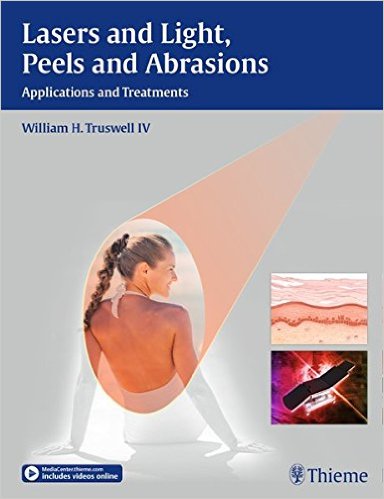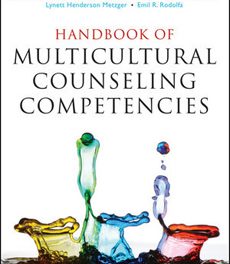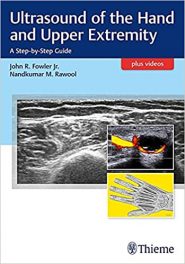Editor: William H. Trustwell IV, MD
Publisher: Thieme – 291 pages
Book Review by: Nano Khilnani
It probably all began with sour milk. In ancient Egypt thousands of years ago, women bathed in sour milk. Why? To help keep their skin young and appealing. You see when milk sours, lactose ferments and turns into lactic acid, which is similar to the alpha hydroxy acid contained in today’s light chemical peels for skin.
Skin therapy may have begun with baths in sour milk, but today, there are numerous treatments, somewhat confusing as to what their outcomes would be, and usually expensive. This is because beauty is valued depending on who the consumer is, and her (or his) economic standing.
Chemical peels are just one form of treatments for the skin. There are skin abrasions and many types of procedures using lasers, devices using light, and other tools, and not to forget a large variety and range of chemicals. This book probably covers all of them. It is quite comprehensive.
As a matter of fact, because the field of dermatology including dermatologic surgery has become so extensive today, a strong need arose for this type of book to sort out all the skin conditions, diseases, and disorders, and the various treatment options, to help medical professionals make the right decisions for their patients.
This book has been written by doctors for other doctors and medical professionals including practitioners, fellows, residents, medical students, and nurses in some specialties.
Fifty-five physicians and surgeons specializing in several fields including cosmetic, dermatologic, facial, laser, plastic and reconstructive surgery, and otolaryngology (head and neck surgery) in the United States and two other countries – Mexico and Singapore – contributed content to this book by authoring its 35 chapters.
We believe the best way for you to get a general overview of what is covered in this unique and valuable text is to provide you its chapter titles:
- The History and Evolution of Skin Resurfacing
- Anatomy, Physiology, and Pathology of the Skin
- The Science Behind Lasers: How Their Physical Properties Affect the Skin
- Ablative Carbon Dioxide Laser Treatment
- Fractional Laser Skin Resurfacing
- Erbium-Yttrium Aluminum Garnet Laser Skin Resurfacing
- Combining Lasers in the Same Session for Optimal Outcomes in Treating Aging Skin
- Subcutaneous Fiber Laser and Energy-Based Techniques for Facial Rejuvenation
- Laser-Assisted Lower Lid Blepharoplasty
- Simultaneous Full-Face Laser Resurfacing in the Setting of Facelift Surgery
- Nonablative Laser and Light Devices
- Lasers for Vascular Anomalies
- Treatment of Acne Rosacea
- Removal of Tattoos and Permanent Makeup
- Laser Hair Removal
- Laser Solutions for Scar Management
- Treatment of Acne Scarring
- The Use of Lasers for Skin Pathology
- Complications in Laser Resurfacing: Avoidance, Recognition, and Treatment
- Choosing the Right Laser for Your Practice: A Practical Comparison of Available Lasers
- Light Therapy for Aging Facial Skin: Intense Pulsed Light and Infrared Broadband Light
- Nitrogen Plasma Skin Resurfacing
- Radiofrequency Skin Tightening
- Deep Chemical Peeling
- Multilevel Phenol-Croton Oil Peels
- Enhanced Medium-Depth Chemical Peels
- Superficial Chemical Peels
- Complications of Chemexfoliation
- Dermabrasion and Microdermabrasion: Rational, Application, Safety, Complications
- Skin Rejuvenation from the Perspective of the European Facial Plastic Surgeon
- Lasers, Peels, and Abrasion Techniques for East Asian Skin
- Lasers for African Skin
- Lasers, Peels, and Abrasion Techniques for Latino Skin
- Anti-Aging Products and Cosmeceuticals
- The Future of Rejuvenation Techniques for Aging Facial Skin
In addition to the content in the printed book, there is also online content for the purchaser of this book. Go to www.MediaCenter.Thieme.com to view the videos listed below. When prompted during the registration process, enter the access code available on the first page of this book.
Video Contents:
4.1 – Fully ablative C02 resurfacing performed in conjunction with facelift and blepharoplasty
5.1 – Full-face fractional C02 laser resurfacing
6.1 – Full-thickness epidermal laser skin peel
6.2 – Intraepidermal laser skin peel
6.3 – Laser ablation of skin lesion
6.4 – Noncontact low-frequency ultrasound
9.1 – Demonstrates application of the C02 laser as a cutting and resurfacing tool for lower lid blepharoplasty
15.1 – Nd:YAG laser hair removal procedure being performed on the left axilla
33.1 – Treating Latino skin with lasers #1
33.2 – Treating Latino skin with lasers #2
The materials in the chapters are systematically organized and presented. Most of the chapters provide, below its title and authors’ names:
- Introduction
- Background
- Topics, Subtopics, and Discussions (with numerous types of images (charts, drawings, photos, as study aids, tables, etc.)
- Preoperative Preparation
- Procedure Technique
- Postoperative Care
- Expected Results
- Conclusion
- References
This is an extensive, well-organized print and online resource on surgical and medical treatments for the skin written by physicians and surgeons for medical professionals.
Editor:
William H. Trustwell IV, MD is Clinical Instructor of Facial Plastic Surgery in the Division of Otolaryngology – Head and Neck Surgery at the University of Connecticut School of Medicine in Farmington, Connecticut. He also has a private practice in Northampton, Massachusetts, and in Charleston, South Carolina.







